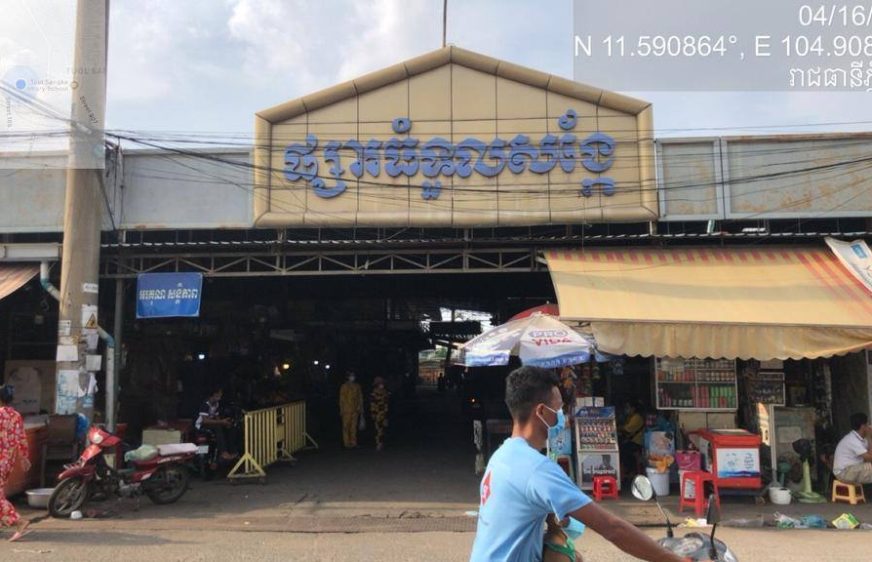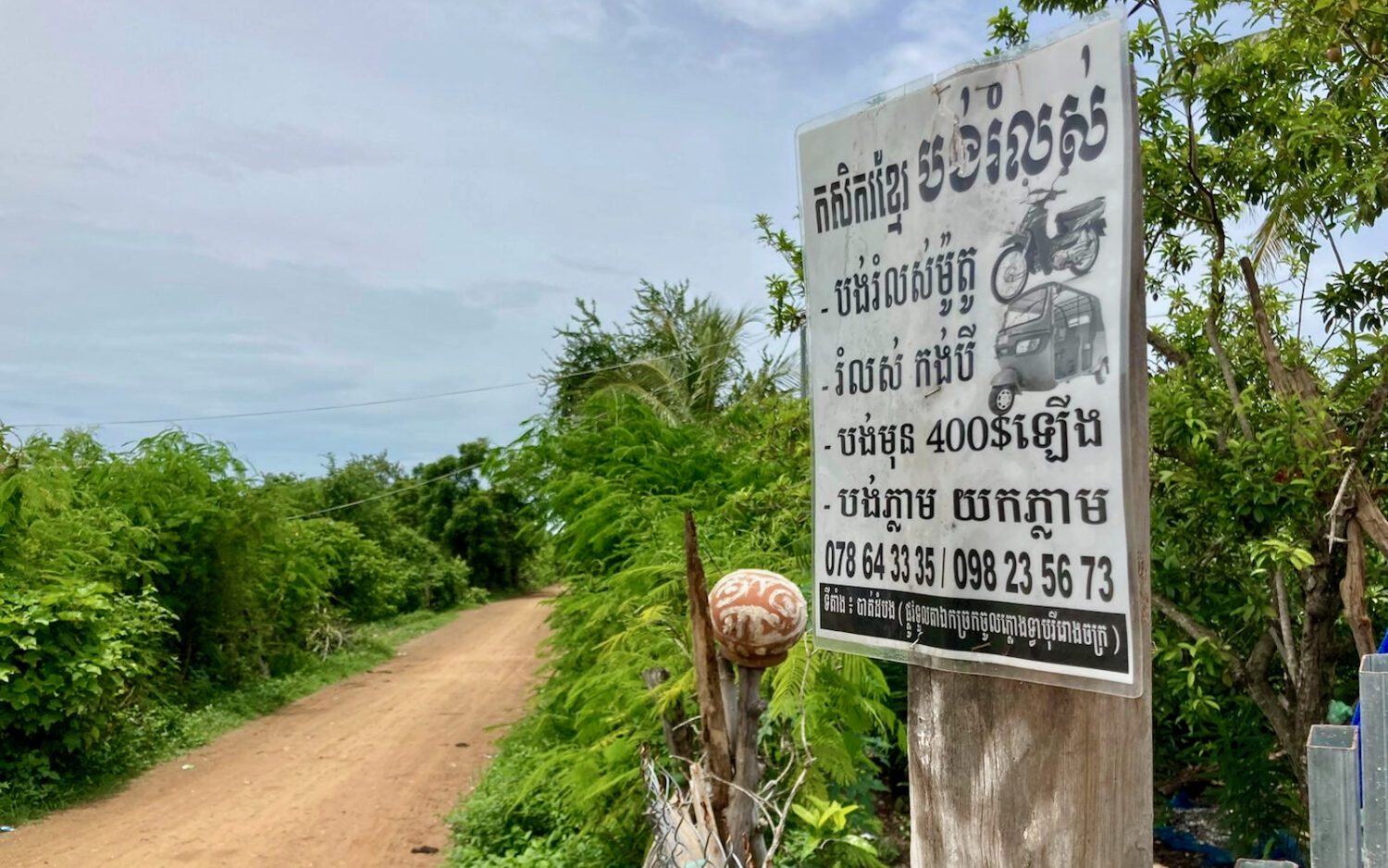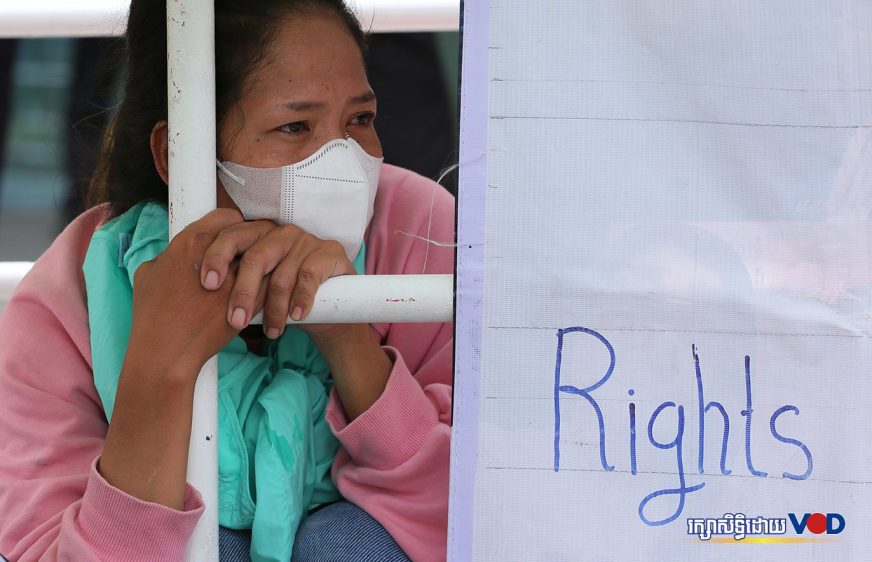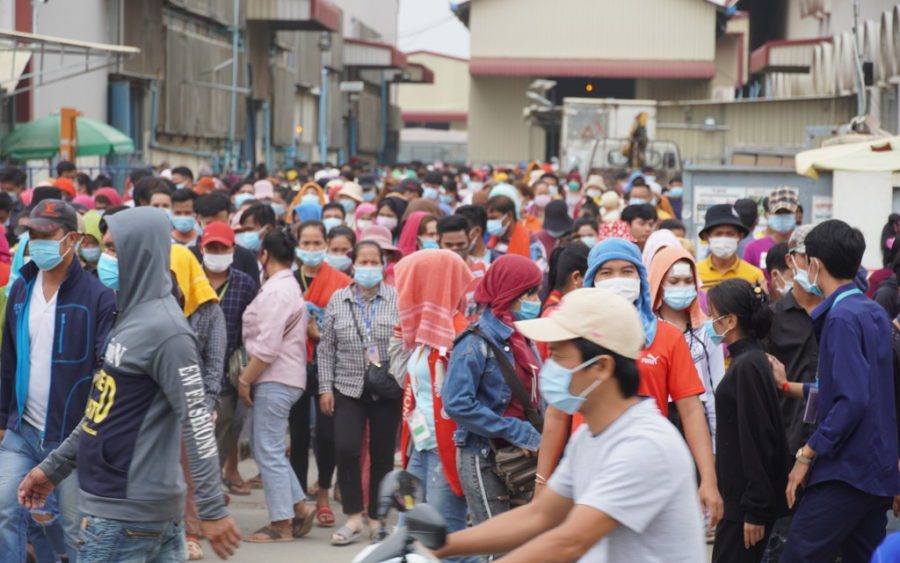Fish catch and exports dropped during the first quarter of the year, according to an Agriculture Ministry report, with fisherfolk attributing the drop to changing weather patterns, low water levels and illegal fishing practices.
The Agriculture Ministry’s report, released on Tuesday, showed drops in the country’s fresh and saltwater fish catch. Household fish catch dropped around 18 percent from 69,400 tons for the first three months of 2020 to 56,800 tons this year.
Commercial freshwater fishing dropped by 12.6 percent in the first quarter and seafood firms registered a negligible increase in their catch of 0.3 percent.
Cambodia banned the export of fish and paddy rice last April to ensure there were no food shortages as the number of COVID-19 cases increased in the country; the ban was lifted a month later. Earlier this year, the government banned the import of certain fish species from Vietnam to protect the local fish market.
Ministry statistics show that fresh fish exports from January to March fell by 14 percent compared to the first quarter of 2020, whereas processed fish products dropped by 25 percent.
Long Sochet, president of the Coalition of Cambodian Fishers, said freshwater harvests and fisheries exports have declined in the past two years due to changing weather and low water levels.
Sochet said the government should send experts to train fisherfolk or provide them with funds to do agriculture and mitigate losses from dropping incomes.
“We know that fishermen cannot change their livelihoods from fishing. Only the government can help to increase their knowledge or provide money so they can increase doing aquaculture and reduce their fishing in natural waters,” he said.
He said the government should encourage the conservation of critical fishing areas, like the Tonle Sap lake, to increase their catch.
Srey Vuthy, an Agriculture Ministry spokesperson, could not be reached for comment. Chan Heng, chief of cabinet at the ministry, declined to comment and referred questions to another ministry official, Pum Sotha, who could not be reached.
The government made a public push to encourage aquaculture last year as a way to mitigate the economic effects of the COVID-19 pandemic, which has hurt incomes and job opportunities in the country.
At the same time, the Tonle Sap lake and Mekong River have seen historic low water levels, in part due to climate change and hydrological flows being affected by upstream hydropower dams along the Mekong.
Chhuon Lann, 45, a member of Kampong Phluk fishery community in Siem Reap province, said her community was dependent on fishing, with 75 percent of the village’s residents relying on their fish catch for income.
She said changes in weather patterns and human activities, like illegal fishing practices, were resulting in dropping fish numbers in the Tonle Sap.
“I am very concerned for the fishermen who rely on fisheries. People in Kampong Phluk have nothing else to rely on for their livelihood except fishing,” Lann said.
She said people earned on average $5 less a day in 2020 than they did in 2019, and that 10 to 15 kilograms of fish would earn them no more than $17 to $20.
Additional reported Ouch Sony













